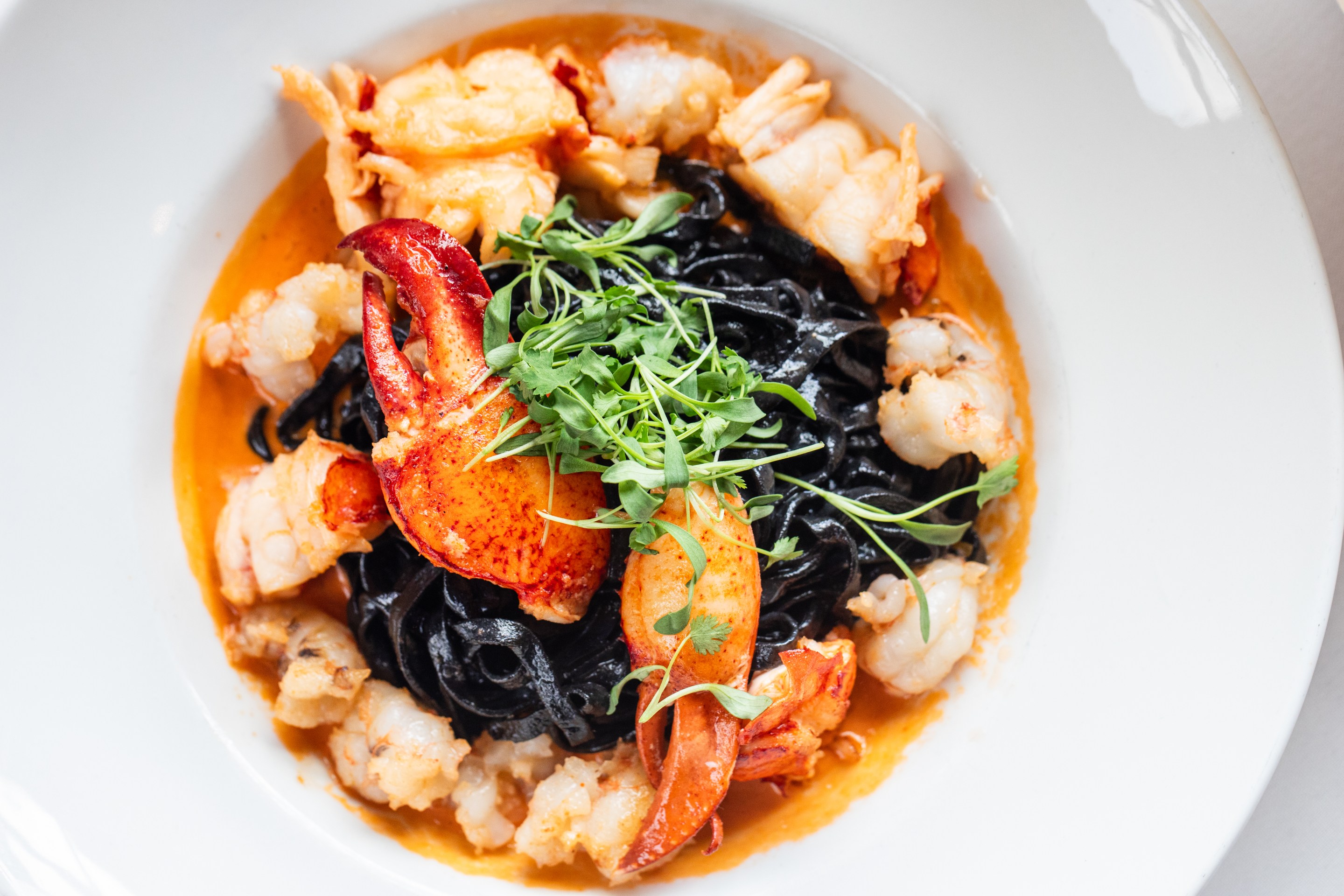Appetito wine expert Gianluca Rottura writes in with a quick primer on one of Italy's hidden wine gems, the slightly fizzy Lambrusco.
Lambrusco went from being viewed as a commercial, red, sweet, and fizzy drink to what it truly is: an artisanal bubbly creation that can be sweet or dry and even white or rosé! Over the past 20 years or so, boutique wine shops like mine, In Vino Veritas, and restaurants focusing on quality, sought out and promoted the better Lambrusco wines. Customers immediately embraced it.
Lambrusco is a red grape variety that is made “frizzante” — meaning slightly sparkling or fizzy — by going through the Martinotti-Charmat method, which enacts a second fermentation in a tank, as opposed to the traditional method or Méthode Champenoise, done only in the region of Champagne, which has its secondary fermentation take place in the bottle itself.
Lambrusco is a product of the Emilia-Romagna region of Italy, and it comes in a few styles, ranging from dry (secco) to slightly sweet (amabile) to sweet (dolce). There are several types of this grape, with the best ones coming from Sorbara, where the sandy soils make it refined and elegant. In Castelvetro, the Lambrusco variety called Grasparossa makes darker wines that are a bit more robust and tannic.
Lambrusco wines are generally drunk young. If made into white wines, the juice from the red grapes is not kept in contact with the skins and pulp. If a rosato version is made, the skins and pulp are left to sit with the juice for a shorter period than would be done for full red styles. At In Vino Veritas, we have carried all types from time to time and often stock both a sweet and dry version, but always from artisanal and never commercial brands!
If you drink Lambrusco and it reminds you of the balsamic vinegar known as Aceto Balsamico Tradizionale, it is because Lambrusco is one of the grapes used to make some of the world’s most-prized vinegars (also from Emilia-Romagna).
Lambrusco is a fun wine and can be consumed as a party-starter or with appetizers. It pairs beautifully with the celebrated cured meats (salumi) of the region. Grab some prosciutto, culatello, mortadella, and salame, along with some cheeses, like the world-famous Parmigiano Reggiano (also of the region), and maybe some gnocco fritto (fried bread), and you will surely be pleased. For more substantial meals, rosy hams or the local lasagne verdi make for ideal matches.
There is also what I call the “southern Lambrusco” but that’s for the next article! If you are interested in learning all about wine in the easiest way possible, check out my first book, Wine Made Easy.
[Note: Appetito may earn commissions from products featured in links to this story]







